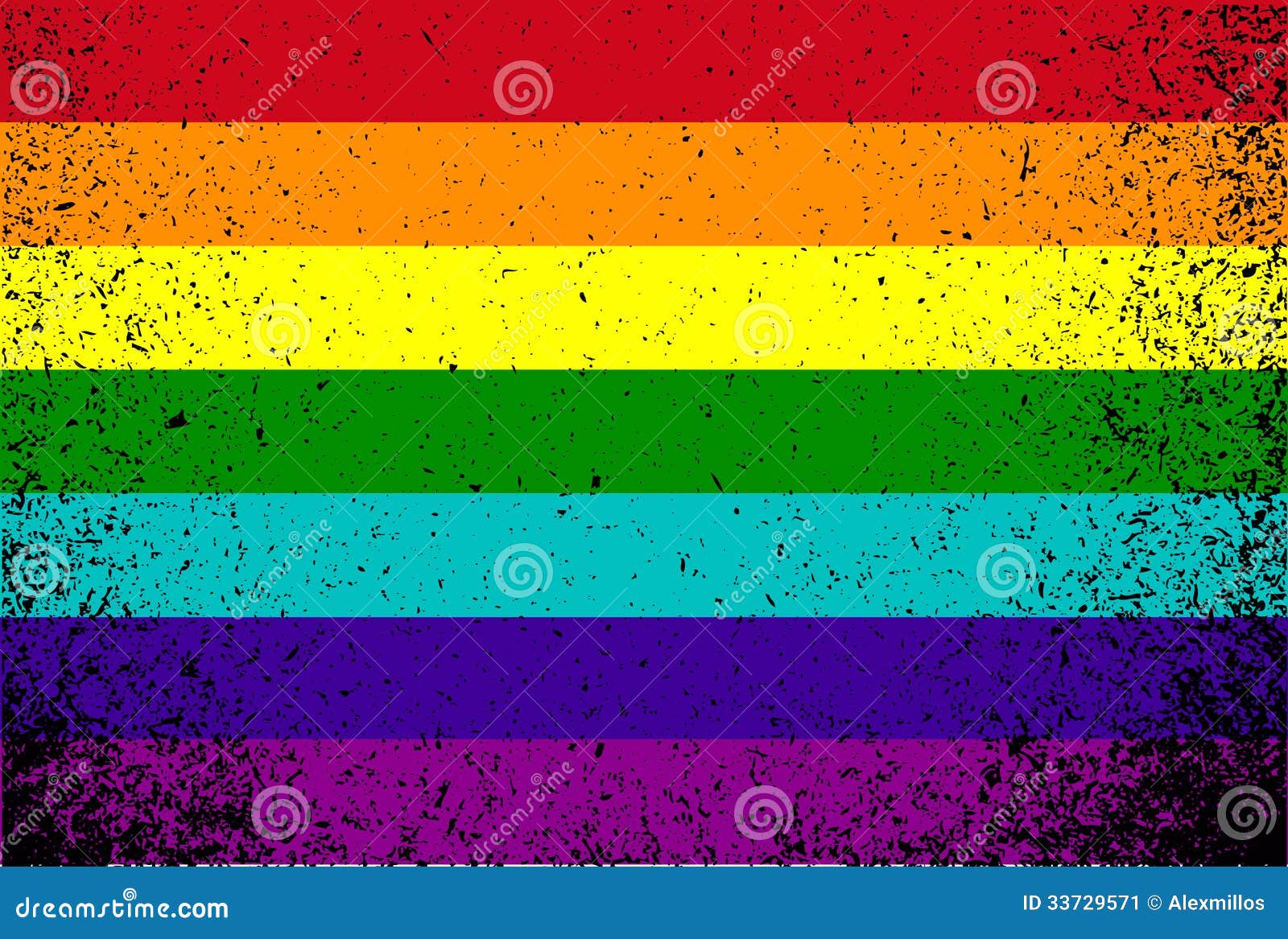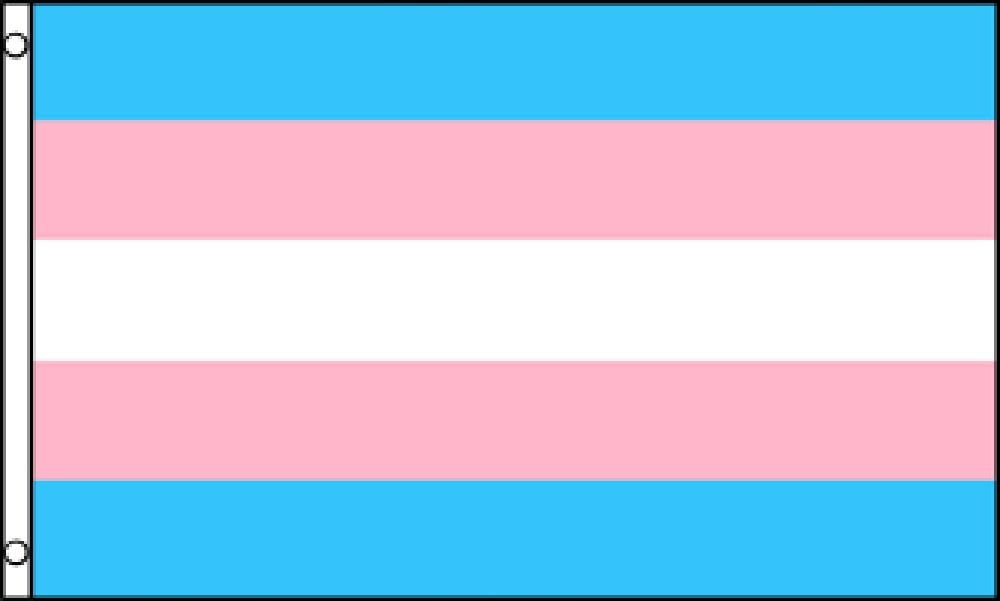

Originally, the flag incorporated eight colors, each representing an idea. In the original eight-stripe version, pink was chosen to represent sexuality, red for life, orange for healing, yellow for sun, green for nature, blue for art, indigo for harmony, and violet for spirit. While there are many versions of the Pride flag-bisexual, pansexual, asexual, intersex, transgender, BIPOC, and more-the most common Pride flag features six colors: red, orange, yellow, green, blue, and purple. (That same year, Gilbert produced a mile-long version to honor both the creation of the flag itself and the 25th anniversary of the Stonewall riots.) The rainbow flag first made its debut at the 1978 San Francisco Gay Freedom Day Parade on June 25, but it wasn’t until 1994 that the flag was truly established as a unifying symbol for gay pride. Inspired by the spectrum of a rainbow, and looking to create something that would “express our joy, our beauty, our power,” Gilbert settled on an eight-stripe flag with each color chosen to represent an idea. – Gilbert Baker, Creator of the Pride flag Looking to express joy, beauty, and power, Gilbert Baker created the rainbow-colored Pride flag.

I thought a gay nation should have a flag too, to proclaim its own idea of power. I thought of the vertical red, white, and blue tricolor from the French Revolution and how both flags owed their beginnings to a riot, a rebellion, or revolution. I thought of the American flag with its thirteen stripes and thirteen stars, the colonies breaking away from England to form the United States. In 1978, Gilbert Baker, an openly gay man, designed the first rainbow flag to represent the gay community at the request of San Francisco-based politician Harvey Milk, the first openly gay official elected to office. – Gilbert Baker, Creator of the Pride flag This was our new revolution-a tribal, individualistic, and collective vision. Here, we dive into the history of the Pride flag, what it stands for today, and how contributors and customers can incorporate Pride visuals in a respectful and ethical way.Īs a community, both local and international, gay people were in the midst of an upheaval, a battle for equal rights, a shift in status where we were now demanding power, taking it. How did the rainbow-colored Pride flag become a universal symbol of gay pride, queer love, inclusivity, and tolerance? A flag really fit that mission, because that’s a way of proclaiming your visibility or saying, “This is who I am!” – Gilbert Baker, Creator of the Pride flag Our job as gay people was to come out, to be visible, to live in the truth. Celebrate Pride Month with a look at the most colorful symbol in LGBTQIA+ history and its changing role in how the community sees itself.


 0 kommentar(er)
0 kommentar(er)
